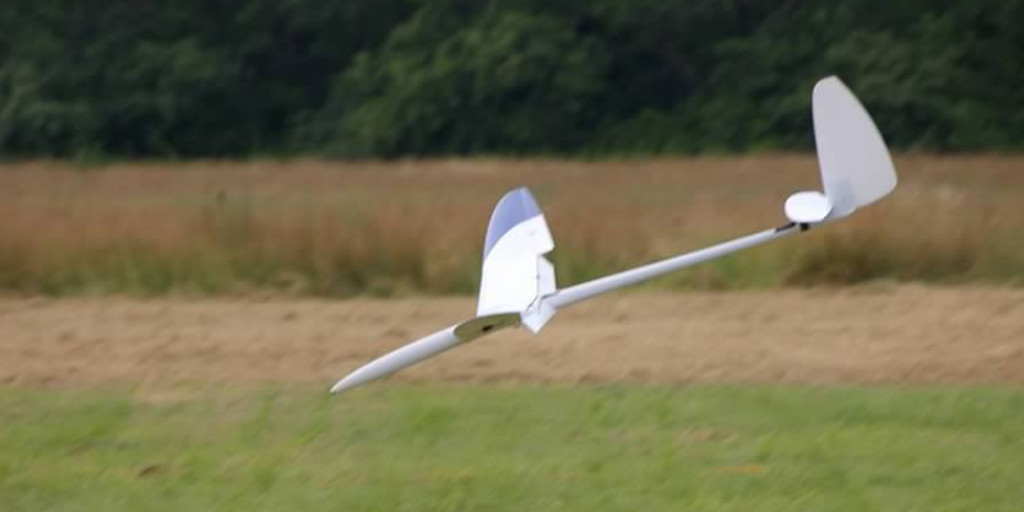Thermal Duration

Thermal Duration (TD), sailplanes are a class of radio controlled airplane that rely on the natural energy in the air to sustain flight, as opposed to the energy in a battery driving a propeller. Like sail boats, thermal duration sailplanes are magical to watch and, as the pilot of your sailplane, it is exciting to do. You become engaged in a hunt for a thermal and the joy of riding that unseen force to greater heights.
The source of the energy, the lift we use, comes from thermals. A thermal is rising air generated by heat from the sun. A TD pilot learns to hunt for these thermals and to ride them. Flights are often ten minutes or more for experienced pilots.
Thermals are available all year long, so we are not reduced to flying only when it’s warm out. Even during the winter, if a mild day comes along and the field conditions are good, we may get a group of pilots together and go flying.
If you are not familiar with thermals, take a look here:
Thermals and how to catch them
Time-lapsed video of clouds caused by thermals formation and decay
A detailed analysis of what thermals look like? (PDF file)
Understanding Thermal Soaring Sailplanes – Martin Simons (5.6 MB PDF file)
We get our sailplanes, also called gliders, into the air in a variety of ways. We can use electric winches, which the club provides, or we can use a big elastic band system called a hi-start. In either case, a launch positions the sailplane with enough altitude for the pilot to go looking for lift.
Thermal duration sailplanes can run a wide range of wing spans. The typical wing spans you will see at our club’s field are six feet and larger. They come apart and easily fit in almost any car.
Within LISF thermal duration flying is popular, so a TD pilot can find company and sources of help from other TD sport flyers on weekdays and weekends with good flying weather. Besides sport TD flying, we regularly hold club TD contests and LISF hosts two Eastern Soaring League (ESL) contest events per year. If these contests aren’t enough for you, many of our TD pilots travel to ESL contests at other clubs.
Thermal duration sailplanes can be quite inexpensive, with some kits costing less than $80 or almost ready to fly (ARF) packages for under $170. In addition there are electronics, a battery and a radio required, which can add another $160. If price is an obstacle, then you may want to look at the electric gliders we fly. Of course there are the high end competition TD planes that can be easily over $1000, but there is no need for a large investment to get started. Just be prepared to get hooked because this kind of flying is fun.